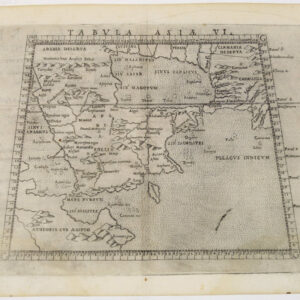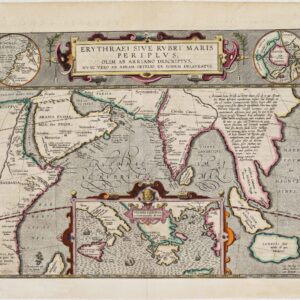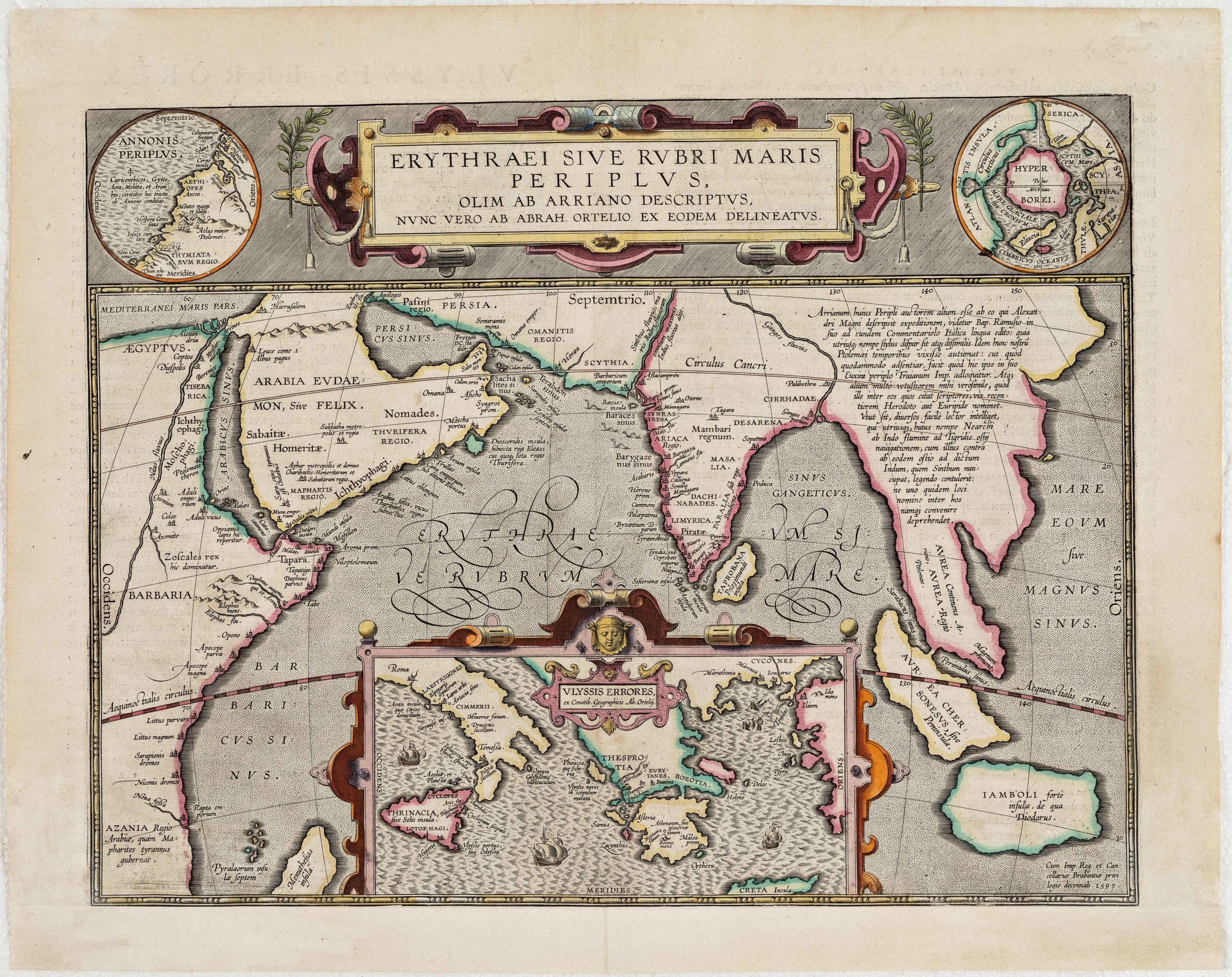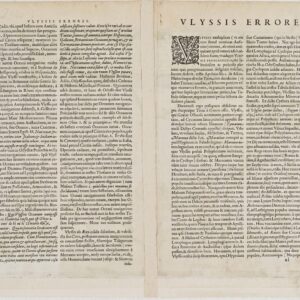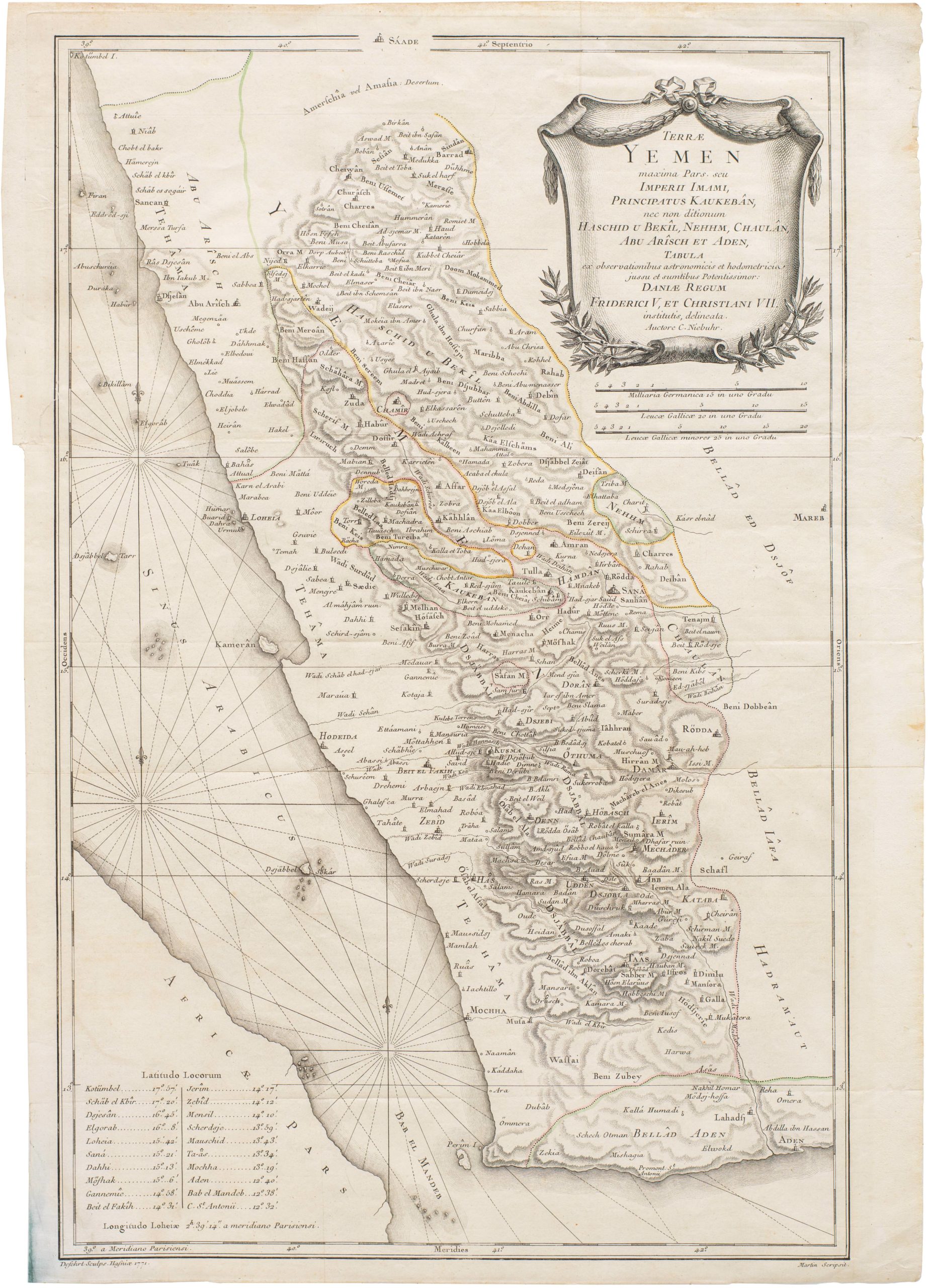Excellent scientific mid-19th century map of Arabia with an inset of the area that would become Riyadh.
Arabien
Out of stock
Description
Less than a century after Carsten Niebuhr’s Danish Arabia Expedition, this Weimar Geographisches Institut by Carl Weiland leaves no doubt that a new era of scientific mapping of Arabia has arrived. Gone are the fictitious imaginations of an interior with lakes and mountain ranges. Instead we have significant cartographic undertaking that seeks to accurately map the towns and roads which connect them, especially the pilgrim routes to and from Mecca and Medina.
The map extends into Syria-Palestine as far as Tripoli and Homs, into Iraq to include Baghdad and Basra, and east across the Persia Gulf to Shiraz, Isfahan, and Qom.
It features two important insets. The first, in the upper right corner, presents Rüppel’s map of the Sinai Peninsula, which represented a major advance in the mapping of the upper Red Sea. The second, in the lower right corner, highlights the territory of Derayeh, an important fortified center in the 19th century, which would eventually expand out to become today’s capital of Riyadh.
Cartographer(s):
Carl Ferdinand Weiland (1782 – 1847) was a German cartographer who worked at the Weimar Geographisches Institut.
Geographisches Institut WeimarThe Geographical Institute of Weimar (German: Geographisches Institut Weimar) was a German map publisher. It was based in Weimar, Germany. The company was founded in 1804 and made globes, yearbooks, and maps. Friedrich Justin Bertuch managed the company upon its founding. Adam Christian Gaspari and Heinrich Kiepert worked there.
Condition Description
Repaired tear at left side.
References
